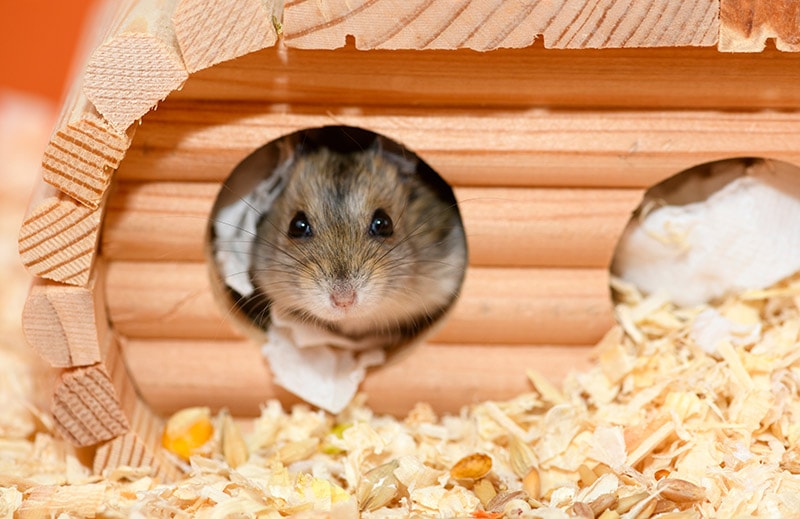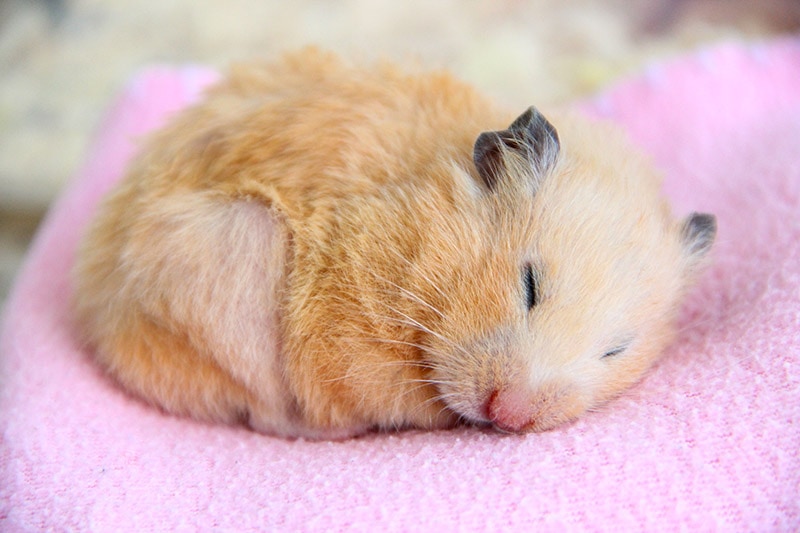Hamsters vs Rats: Main Differences (With Pictures)
Updated on
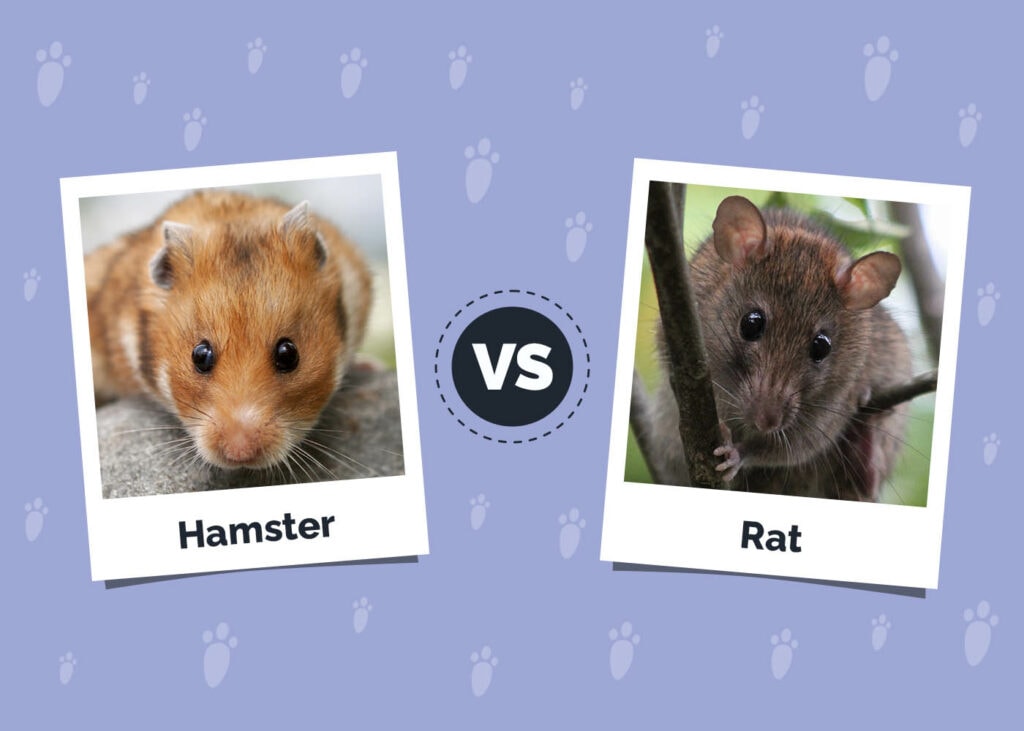
Click to Skip Ahead
While rodents often get a bad reputation and are unfathomable as pets for some folks, both rats and hamsters make fantastic companions. There’s no denying how cute and fluffy hamsters are and how unique and intelligent rats can be.
Parents often buy hamsters for their children as a first pet, but are they the best option? Rats are often considered dirty or disease-carrying, but do they deserve this reputation?
If you’re trying to decide between adopting a hamster or a rat, we can help. Read on to learn the differences between these species so you can make an informed adoption decision.
Visual Differences

At a Glance
- Average length (adult): 2–7 inches (depending on species)
- Average weight (adult): 0.5–5 ounces (depending on the species)
- Lifespan: 1–4 years
- Exercise: 120+ minutes a day
- Grooming needs: Easy
- Family-friendly: Yes
- Other pet-friendly: No
- Trainability: Sometimes
- Average length (adult): 8–10 inches (excluding tail)
- Average weight (adult): 5–17 ounces (average)
- Lifespan: 2–3 years
- Exercise: 120+ minutes a day
- Grooming needs: Easy
- Family-friendly: Yes
- Other pet-friendly: Sometimes
- Trainability: Quick learners, clever, curious
Hamsters Overview

Personality / Character
There are several different species of hamsters commonly seen in the pet trade. The most common varieties include the Syrian, Dwarf, and Chinese hamsters, each with unique personality traits.
Syrian hamsters are the most popular pet hamster species as they’re easy to tame and handle, thanks to their slightly larger size. They are also anecdotally the least likely to bite. Despite this docile attitude toward humans, they tend to be territorial with other hamsters and should always be housed alone.
Dwarf hamsters are, as the name suggests, named as such because they’re smaller than Syrian hamsters. They can be affectionate, though they need socializing as they are anecdotally prone to nipping. Since they are so small, feisty, and exceedingly fast, holding them can be rather difficult until you’ve had a chance to socialize them. Dwarf hamsters can live alone, or in colonies (provided they are introduced properly at a young age).
Chinese hamsters are recently gaining traction as pets. They are generally good-natured and comfortable around humans, provided they’ve been socialized. They may be a little nervous and nippy until they’ve gotten used to the idea of being held. They are best if housed alone.
Exercise
Despite their small size, hamsters are very active pets. They love running, climbing, and tunneling. Your job as a hamster owner is to provide an environment allowing your little buddy to partake in these activities.
A hamster’s bedding should be several inches thick to allow for tunneling and burrowing behaviors. Hamsters will make burrows when their bedding is around 12” deep as a minimum.
A running wheel is an absolutely necessary investment your pet will get a lot of use out of. Choose one that’s appropriately sized for your pet (their back shouldn’t bend when they run on it).
All tunnels need to be cleaned weekly (or more often if soiled) and made of a solid material to prevent little toes from getting stuck.
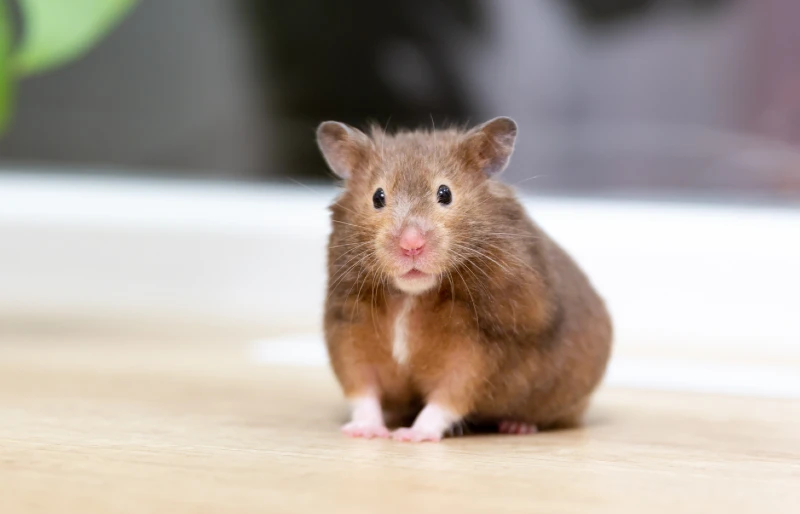
Health & Care
As with all pets, hamsters should go to the veterinarian once per year to ensure they’re in good health.
If you have other, larger pets in the home (e.g., cats or dogs), it isn’t safe to allow your hamster to roam free. Since they’re so small and fast, your larger pets may look at them as prey.
Suitable For:
Hamsters are suitable for pet owners who don’t want too much hands-on time with their pets. They’re fun to watch, don’t make much noise, and require minimal space in your home. The biggest downside of hamsters as pets is that they’re active at night, and a squeaky hamster wheel can leave light sleepers distressed.
Rats Overview
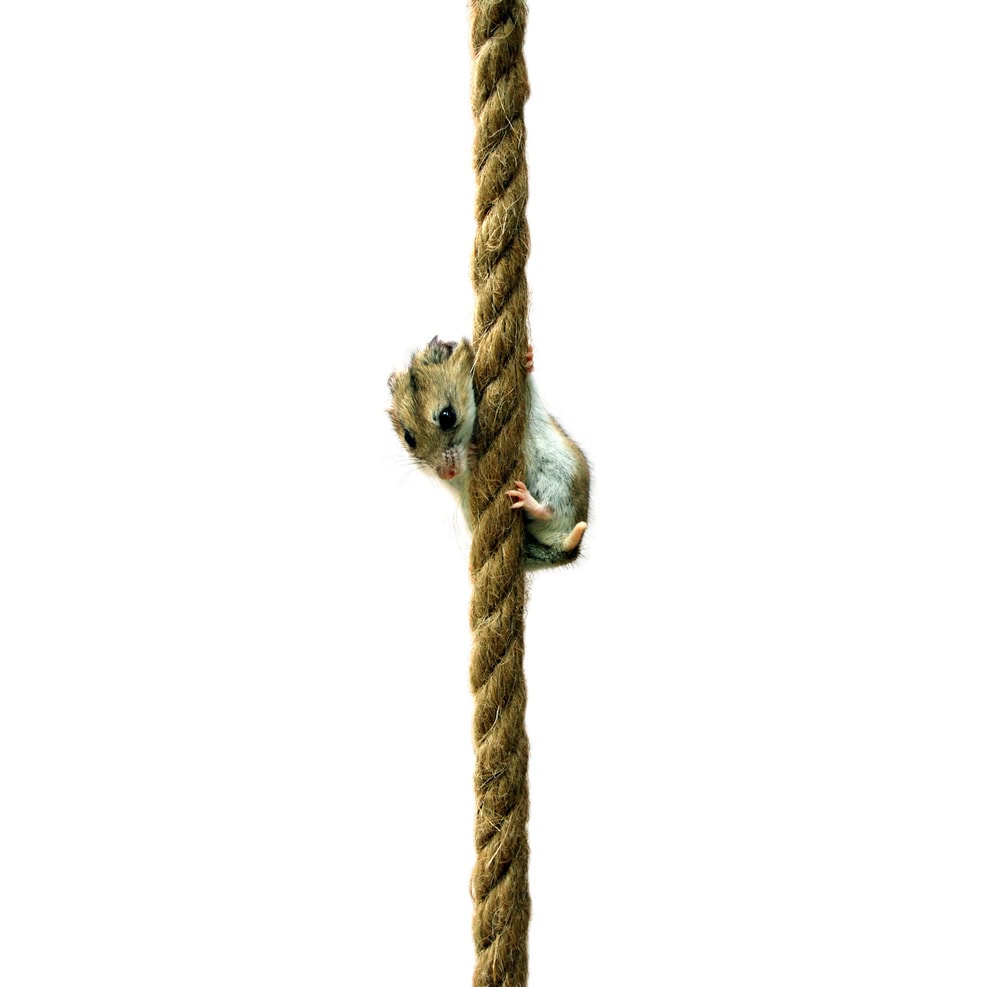
Personality / Character
There are over 60 types of wild rats, though all pet rats come from the same species. Since all pet rats are of the Rattus norvegicus species, different types are called “varieties” and not “breeds”. The most common rat varieties include standard, rex, satin, dumbo, and tailless, which all refer to the creature’s appearance. Pet rats are known as Rattus norvegicus domestica.
Rats, regardless of their variety, generally have the same personality. They are wonderfully curious creatures with a strong memory. They are highly loyal and fantastic learners, making them very interesting to keep as pets. Rats are friendly, enjoy being with their humans, and are smart enough to interact, explore, and entertain.
Rats can be skittish until they’ve had time to acclimate to their environment. Pet rats are often diurnal, however, rats are often instinctively nocturnal.
Exercise
Rats can become overweight if not given enough opportunities for exercise, so the owners must ensure their pets stay physically active.
Like hamsters, rats love using running wheels. Invest in one around 16 inches in diameter and ensure its running surface is smooth to prevent foot or toe entrapment.
Toys are another necessity as they provide an opportunity for physical activity as well as mental stimulation. Chew toys are required as they keep their teeth trim and healthy.
Climbing ladders, PVC tubes, and branches are also great additions to your pet’s habitat.
Health & Care
Pet rats should visit the veterinarian at least once yearly for a wellness check. Rats are very sociable creatures, and most enjoy living with one or more rats. Females tend to get along well with others of the same sex, and males can live together harmoniously, provided they are introduced when young. Males and females shouldn’t be kept together as they will breed.

Suitable For:
Rats are a suitable pet for folks looking for a relatively low-maintenance, playful, and affectionate companion. They’re highly intelligent and social, requiring company from you to thrive. The biggest downfall of keeping rats is that their social nature means they should be kept at least in pairs.
Which Pet Is Right for You?
Hamsters and rats may both be rodents, but there are some stark differences between the two species in both appearance and personality. Neither is right for every family, so let’s take one last look at both critters to see which will fit best in your family.
Rats are larger than hamsters. They will weigh more and require a larger habitat than hamsters, especially considering rats thrive in multi-rat homes and are highly social animals. In contrast, hamsters tend to be solitary creatures. While some species can live together harmoniously in pairs, not all will.
Rats are viewed by some as one of the better pocket-sized pets for children as they’re bigger than hamsters and not as fragile. Their curious nature, enjoyment of humans, and friendly attitude make them less likely to bite than hamsters.
Hamsters are great pets for people who prefer a more hands-off approach to pet care. While they can be socialized to tolerate handling, they don’t particularly care for it, especially when compared to rats.
Hamsters and rats can both make great pets under the right care and with the right owner. Hopefully, our article has helped you decide which of these two species will fit in best with your home and lifestyle.
Featured Image Credit: (L) Anastasia Solovykh, Shutterstock | (R) kanchana Amilani, Unsplash




